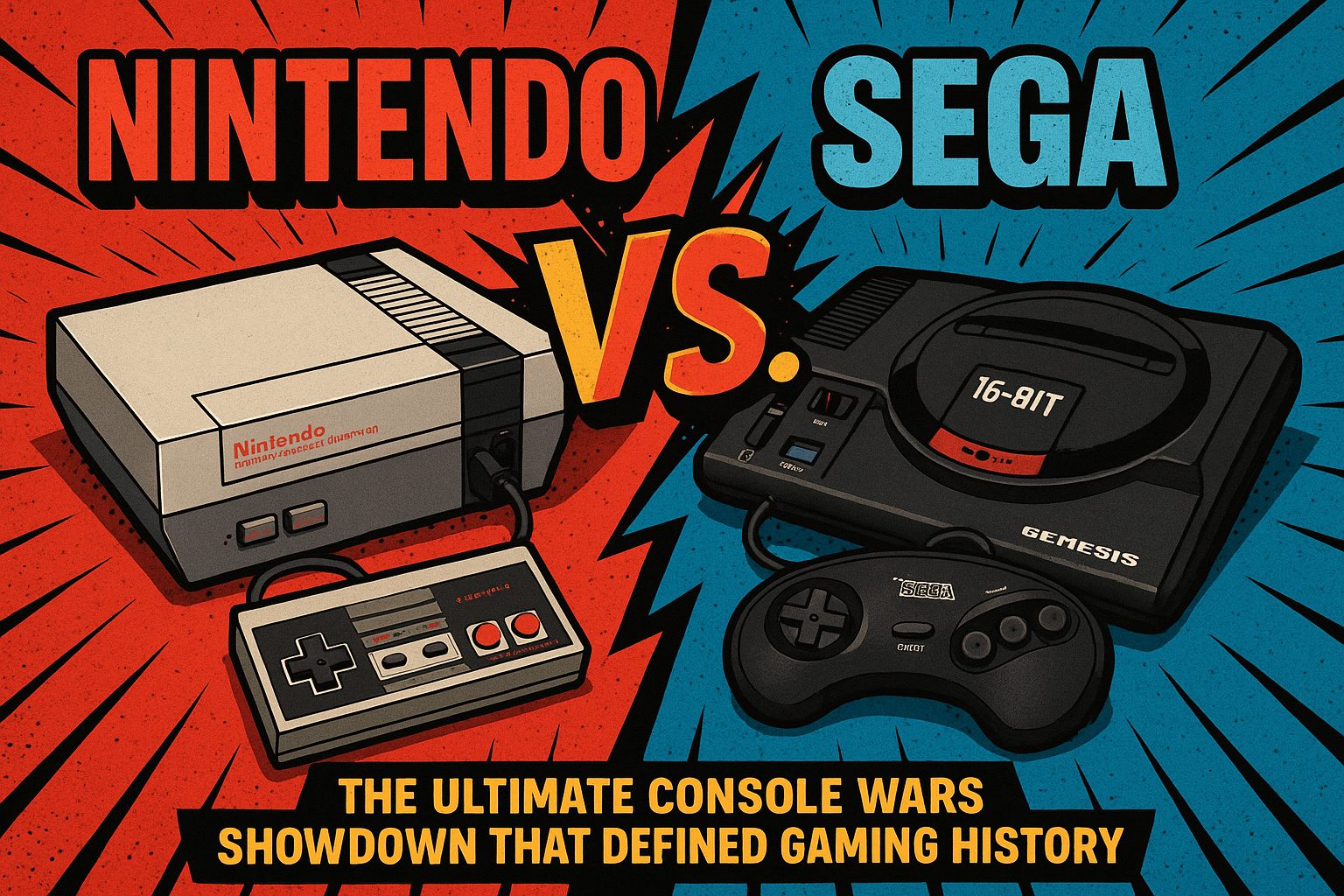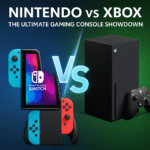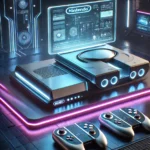The gaming industry has witnessed many rivalries, but none as legendary as the Nintendo vs Sega battle that dominated the late 1980s and 1990s. This epic console war between two Japanese gaming giants didn’t just shape the video game industry—it revolutionized how we think about gaming entertainment forever.

The Birth of the Nintendo vs Sega Rivalry
Nintendo’s Early Dominance
Nintendo established its gaming empire with the Nintendo Entertainment System (NES) in 1985, rescuing the video game industry from the 1983 crash. With iconic franchises like Super Mario Bros., The Legend of Zelda, and Metroid, Nintendo controlled over 90% of the home console market by the late 1980s.
Sega’s Bold Challenge
Sega, originally an arcade game manufacturer, entered the home console market with the Sega Master System in 1986. However, their real challenge to Nintendo’s throne came with the revolutionary Sega Genesis (known as Mega Drive outside North America) in 1989.
The Console Wars Heat Up: Genesis vs Super Nintendo
Sega Genesis: “Genesis Does What Nintendon’t”
The Sega Genesis launched with several key advantages:
- 16-bit processing power that delivered superior graphics and sound
- Faster gameplay with smoother scrolling and animation
- Sonic the Hedgehog as their mascot to rival Mario
- Aggressive marketing campaigns targeting older demographics
Sega’s famous slogan “Genesis does what Nintendon’t” directly challenged Nintendo’s family-friendly image, positioning Sega as the cooler, more mature gaming option.
Nintendo’s Counter-Attack: The Super Nintendo Entertainment System
Nintendo responded in 1991 with the Super Nintendo Entertainment System (SNES), featuring:
- Advanced graphics capabilities with Mode 7 scaling and rotation effects
- Superior sound quality with eight-channel audio
- Legendary game library including Super Mario World, The Legend of Zelda: A Link to the Past, and Super Metroid
- Third-party developer support that Sega struggled to match
Key Battles in the Nintendo vs Sega War
The Mascot Showdown: Mario vs Sonic
The rivalry personified itself through their iconic mascots:
Mario represented Nintendo’s values:
- Family-friendly adventures
- Precise platforming gameplay
- Consistent quality across titles
Sonic the Hedgehog embodied Sega’s attitude:
- Speed-focused gameplay
- Edgy, rebellious personality
- “Attitude with altitude” marketing
Sports Games and Third-Party Support
EA Sports initially gave Sega a significant advantage with exclusive titles like Madden NFL, while Nintendo maintained stronger relationships with Japanese developers like Square, Enix, and Capcom.
The Mortal Kombat Controversy
The 1993 release of Mortal Kombat became a defining moment. Sega’s uncensored version contrasted with Nintendo’s family-friendly edited version, leading to congressional hearings and the creation of the ESRB rating system.
Market Performance: Nintendo vs Sega Sales Numbers
Console Sales Comparison
- Sega Genesis: Approximately 30.75 million units worldwide
- Super Nintendo: Approximately 49.1 million units worldwide
While Sega gained significant market share, Nintendo ultimately maintained its leadership position through superior software and third-party relationships.
Regional Differences
The competition varied by region:
- North America: Closer battle, with Sega achieving nearly 50% market share
- Japan: Nintendo maintained dominance
- Europe: Mixed results with regional preferences
The End of an Era: Why Sega Left Console Manufacturing
The 32-Bit Generation Missteps
Sega’s downfall began with confusing hardware decisions:
- Sega 32X add-on for Genesis
- Sega Saturn with poor timing and marketing
- Sega Dreamcast despite innovation, couldn’t compete with PlayStation 2
Meanwhile, Nintendo successfully transitioned to 3D gaming with the Nintendo 64, though they faced new competition from Sony’s PlayStation.
Sega’s Strategic Pivot
In 2001, Sega officially exited console manufacturing to become a third-party software developer, ironically now creating games for Nintendo platforms.
Legacy and Impact of the Nintendo vs Sega Rivalry
Innovation Through Competition
The rivalry drove unprecedented innovation:
- Graphics and sound technology advancement
- Marketing creativity and brand positioning
- Game design evolution with faster, more complex gameplay
- Industry maturation with professional marketing and demographics research
Modern Gaming Landscape
Today’s gaming industry still reflects lessons learned from the Nintendo vs Sega wars:
- Console competition continues with PlayStation, Xbox, and Nintendo Switch
- Exclusive games remain crucial differentiators
- Brand loyalty and community building stay essential
- Third-party relationships determine platform success




